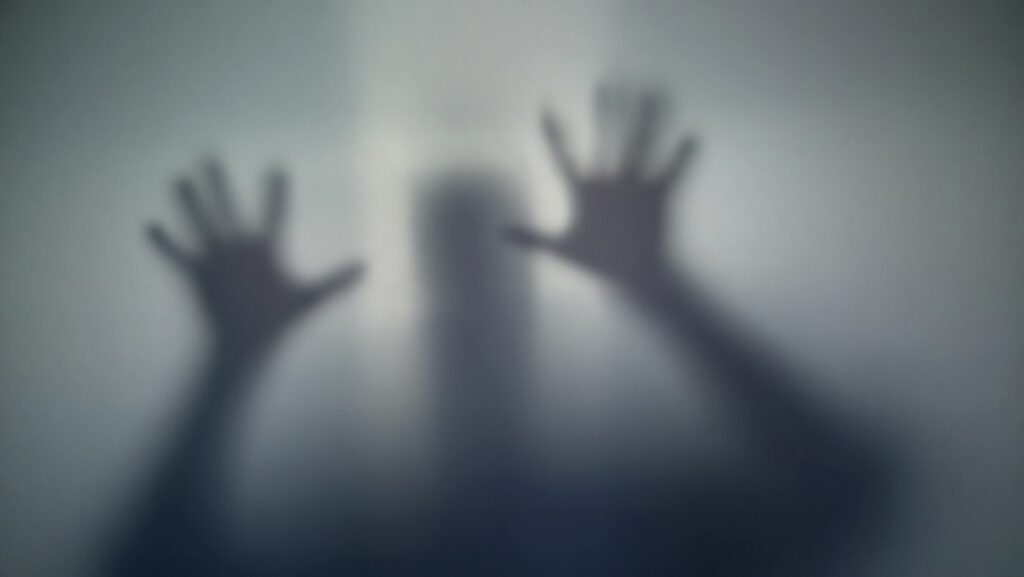Horror Movie Adaptations
Horror movie adaptations have deep roots. Early examples date back to the silent film era. “Nosferatu” (1922) is one of the first, inspired by Bram Stoker’s “Dracula”. Filmmakers often turned to these horror novels for rich, terrifying narratives. In the 1930s, Universal Pictures capitalized on this trend. They released enduring classics like “Frankenstein” (1931) and “Dracula” (1931). These films were adapted from Mary Shelley’s and Bram Stoker’s novels, respectively. This era solidified the blueprint for future adaptations. 
The 1950s and 1960s saw adaptations expand. Directors explored works by Edgar Allan Poe. Roger Corman’s “Poe Cycle,” including “House of Usher” (1960), showcased how literature could thrive on screen.
Stephen King’s rise in the 1970s and 1980s marked a new peak. His novels, such as “Carrie” (1976) and “The Shining” (1980), became iconic films. King’s prolific writing provided endless material for adaptations.
In recent years, there’s been a resurgence. Modern adaptations like “It” (2017) and “The Haunting of Hill House” (2018) illustrate the continuing appeal. These projects bring classic horror stories to new generations.
This progression from early silent films to contemporary hits shows a clear evolution. Each era builds on the last, introducing innovative techniques and themes. The origins of horror movie adaptations are diverse, spanning centuries and genres.
Classic Literature To Silver Screen
Horror movie adaptations often draw from classic literature, bringing timeless tales of terror to a broader audience. This trend ensures that the fear and intrigue of these stories remain relevant. Gothic novels laid the groundwork for many horror films. Mary Shelley’s Frankenstein (1818) inspired numerous adaptations, the most iconic being James Whale’s Frankenstein (1931) featuring Boris Karloff. Bram Stoker’s Dracula (1897) led to Tod Browning’s Dracula (1931) starring Bela Lugosi, setting a high standard for vampire portrayals. Robert Louis Stevenson’s Strange Case of Dr Jekyll and Mr Hyde (1886) also saw several adaptations, the notable one being Rouben Mamoulian’s Dr. Jekyll and Mr. Hyde (1931).
Short stories often translate well to film due to their concise, impactful narratives. Edgar Allan Poe’s works inspired several movies, such as The Fall of the House of Usher (1960) directed by Roger Corman. Stephen King’s short story Children of the Corn (1977) turned into a successful film series starting in 1984. H.P. Lovecraft’s The Colour Out of Space (1927) inspired Richard Stanley’s Color Out of Space (2019), showcasing the enduring appeal of these brief yet potent stories.
Modern horror adaptations bring a fresh perspective to the genre, utilizing contemporary narratives and visual styles. These adaptations often leverage new technologies and storytelling techniques. Contemporary novels like “The Girl with All the Gifts” (2014) by M.R. Carey and “Bird Box” (2014) by Josh Malerman have successfully transitioned to the screen. “The Girl with All the Gifts” was adapted into a film in 2016, showcasing a unique take on the zombie apocalypse genre and demonstrating strong character development. “Bird Box,” released as a film in 2018, captivated audiences with its intense psychological tension and innovative premise of characters navigating a world blindfolded to survive unseen entities.
Graphic novels and comics offer rich visual narratives that translate well into horror adaptations. “30 Days of Night” by Steve Niles and Ben Templesmith exemplifies this with its chilling depiction of vampires in Alaska, adapted into a 2007 film. Another notable example is “The Walking Dead” by Robert Kirkman, which transformed into a successful television series, capturing the struggles of survival in a post-apocalyptic world. These adaptations maintain the visual and thematic essence of the source materials, enhancing the horror genre with their distinctive artistry.
Successful Horror Movie Adaptations
Successful horror adaptations demonstrate a keen balance between staying true to the source material and delivering cinematic scares. These films not only captivate audiences but also make a significant impact on the industry. Box office hits in the horror adaptation genre underscore their mass appe al. Stephen King’s “It” (2017), grossing over $700 million globally, set a benchmark. Another example, “The Conjuring” (2013), drawn from real-life paranormal investigations, earned over $319 million. “Annabelle: Creation,” part of “The Conjuring” universe, made $306 million. These films combine strong narratives with terrifying visuals.
al. Stephen King’s “It” (2017), grossing over $700 million globally, set a benchmark. Another example, “The Conjuring” (2013), drawn from real-life paranormal investigations, earned over $319 million. “Annabelle: Creation,” part of “The Conjuring” universe, made $306 million. These films combine strong narratives with terrifying visuals.
Cult classics often gain acclaim over time despite modest initial receptions. “The Evil Dead” (1981), based on Sam Raimi’s short film, remains a fan favorite. “Don’t Look Now” (1973), adapted from Daphne du Maurier’s story, has a lasting legacy. “The Texas Chain Saw Massacre” (1974), inspired by Ed Gein’s crimes, continues influencing horror. These films resonate with audiences for their unique approaches to horror.

